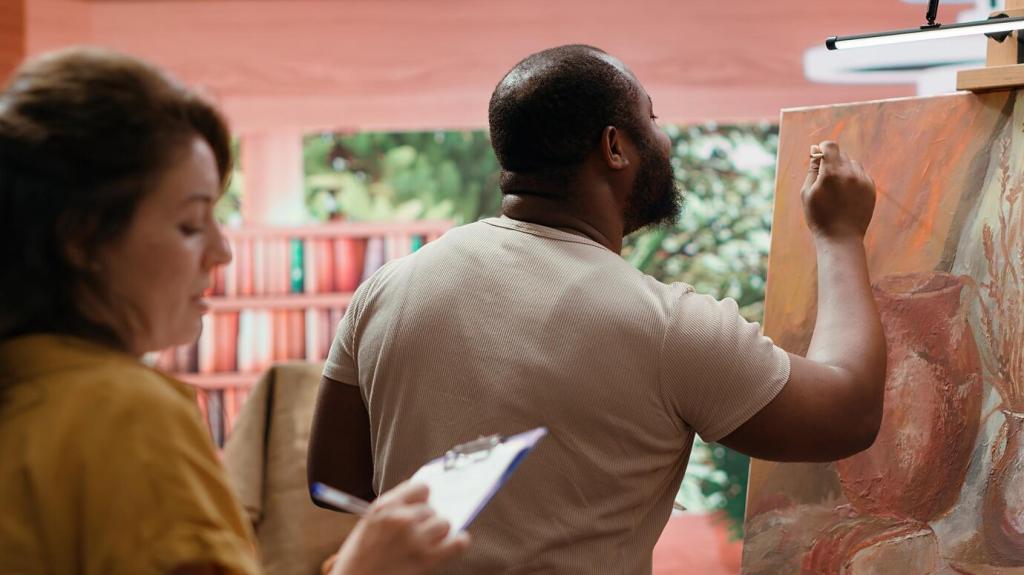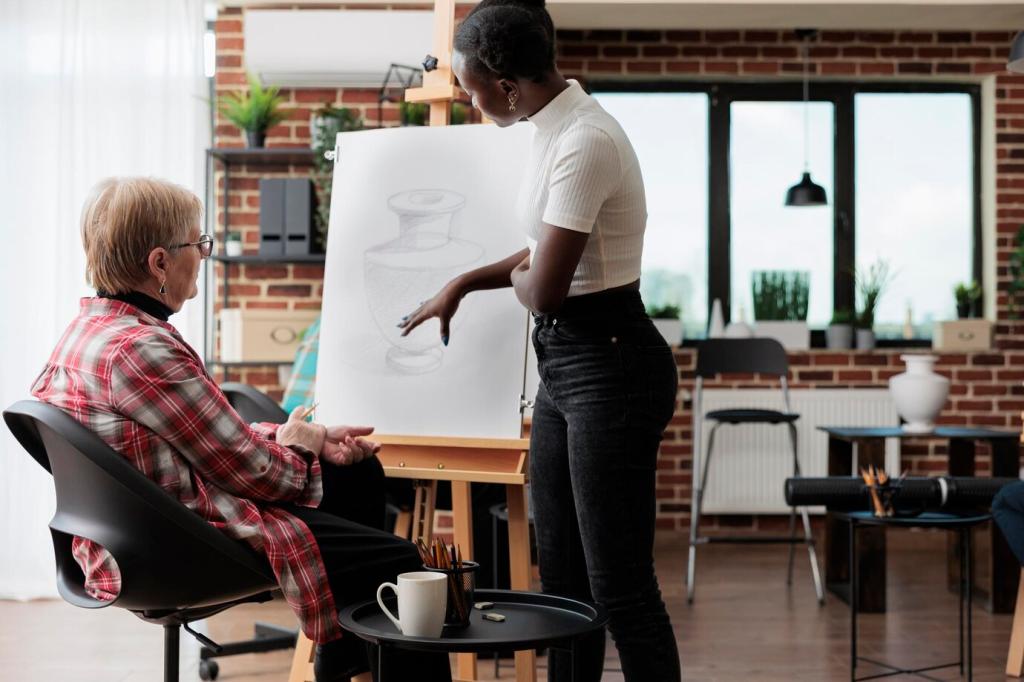Light Behavior and Color Temperature
Morning light often cools and crisps edges; midday flattens contrasts; golden hour warms planes and lengthens shadows. Paint quick time-of-day studies and compare temperature shifts to strengthen observational accuracy.
Light Behavior and Color Temperature
The classic guideline is warm light, cool shadow, but context matters. Snow, reflected skylight, and colored surfaces can flip expectations. Observe first, decide second, and let your findings drive your palette choices.











